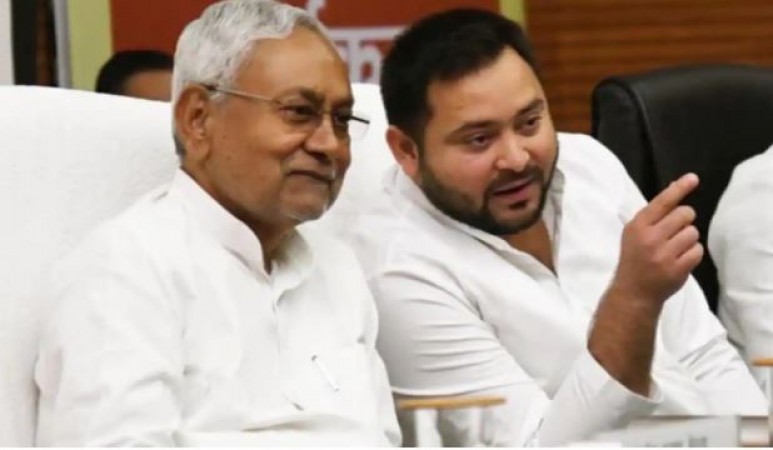
Patna: The Bihar government has recently unveiled comprehensive data detailing the educational and economic conditions of its population, categorized by caste. This data highlights critical aspects of socioeconomic disparities and educational attainment in the state, shedding light on various challenges and opportunities.
Poverty Across Castes
The data indicates that out of Bihar's total of 2,76,68,930 families, 94,42,786 families, or 34.13 percent of the total, are living below the poverty line. Surprisingly, this figure includes over 25 percent of general category families, dispelling the notion that economic hardship is restricted to certain caste groups.
Caste-Based Poverty Rates
Backward Class: Approximately 33.16 percent of families fall below the poverty line.
General Category: 25.09 percent of general category families are impoverished.
Extremely Backward Class: 33.58 percent of families in this category face economic hardship.
Scheduled Caste: A significant 42.93 percent of scheduled caste families experience poverty.
Scheduled Tribe: 42.7 percent of scheduled tribe families are living in impoverished conditions.
Caste-Specific Poverty Rates
Bhumihars: Among the general category, 25.32 percent of Bhumihar families live in poverty.
Brahmins: 25.3 percent of Brahmin families face economic hardship.
Rajputs: 24.89 percent of Rajput families fall below the poverty line.
Educational Attainment
The educational landscape in Bihar reveals substantial challenges, with a large portion of the population having limited access to education:
Up to Class 5: Approximately 22.67 percent of Bihar's population has received education only up to the 5th standard.
Class 6 to 8: A mere 14.33 percent of the population has progressed to education from the 6th to 8th standard.
Class 9 to 10: Merely 14.71 percent have completed education up to the 9th or 10th standard.
Class 11 to 12: A scant 9.19 percent of Bihar's population has attained education up to the 11th or 12th standard.
Graduates: Shockingly, only 7 percent of the population has managed to attain graduate-level education.
Employment Statistics
The data further provides insights into the distribution of government jobs across various castes:
Yadavs: Yadavs hold the highest number of government jobs in Bihar, with 2,89,538 positions.
Bhumihars: Bhumihars are second in line, occupying 1,87,256 government jobs.
Kushwaha: Kushwahas secure 1,12,106 government jobs in Bihar, with 2.04 percent of the total Kushwaha population in government employment.
Kurmi: The Kurmi caste exhibits remarkable strength, with 3.11 percent of their total population holding government jobs, amounting to 1,17,171 positions.
Brahmins: Brahmins account for 1.72 lakh government jobs.
Rajputs: Rajputs secure 1.71 lakh government jobs.
Kayasthas: Kayasthas have 52.49 thousand government positions, with 6.68 percent of their population in government employment.
This data provides crucial insights into the socioeconomic and educational landscape of Bihar, highlighting the prevalence of poverty across caste lines and the substantial challenges the state faces in terms of education and employment opportunities.
Mehbooba's party Accuses Road Development to Amarnath Cave as a "Crime Against Hindus"
Delhi's Air Quality Crisis Triggers Supreme Court's Actions on Stubble Burning
Satire: Delhi's 'Smoke and Mirrors' - The Kejriwal Government's 'Free' Cigarette Scheme